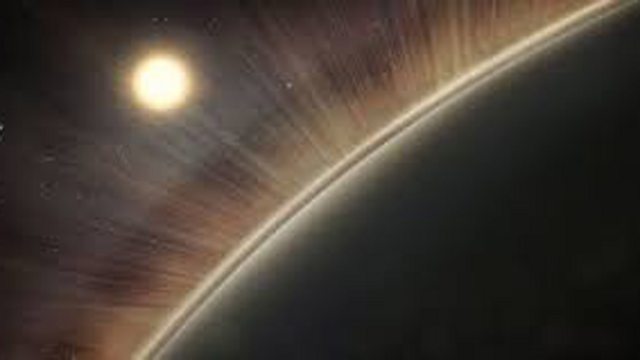Electric Wind on Venus
Electric wind on Venus; Oldest Antarctic ice found; Nuclear Fusion disappointment; Dating extinction
Results from the Nasa/ESA Venus Express mission reveal that the planet has an unusually strong ‘electric wind’ which could explain why there is so little water on the surface. The electric wind is the force that holds onto negatively charged electrons in the Venusian atmosphere and sucks positively charged hydrogen and oxygen ions (from water) off into space. Coupled with other atmosphere stripping factors, such as solar wind, it could help explain why Venus is so different from its near neighbour Earth.
Oldest Antarctic Ice Found
The importance of analysing the trapped past atmospheres contained in bubbles in ice cores is invaluable to our understanding of our climate. Until now, ice cores drilled in Antarctica only go back to 800,000 years old. But geologists exploring a little known valley, high up in the Trans-Antarctic Mountain chain have discovered ice that is more than a million years old. And they did not have to use expensive drills to get it, just a shovel! The ice was under a thin layer of debris, pushed up from the deep.
Nuclear Fusion Disappointment
This week spells bad news for the National Ignition Facility (or NIF) in California. The project, which aims to reproduce the fusion processes of the Sun with the help of the most powerful lasers on Earth has been called into doubt. An external official enquiry has just said that after seven years experimenting, the fusion will not catch light.
Dating Extinction
How can you say when a species went extinct when there are so many gaps in the fossil record? And why does it matter?
(Photo: Artist's concept of the electric wind at Venus. Rays represent the paths that oxygen and hydrogen ions take as they are pulled out of the upper atmosphere © Nasa/Goddard/Conceptual Image Lab, Krystofer Kim)
Last on
More episodes
Broadcast
- Fri 24 Jun 2016 21:32GMT���˿��� World Service Online
Podcast
-
![]()
Science In Action
The ���˿��� brings you all the week's science news.


